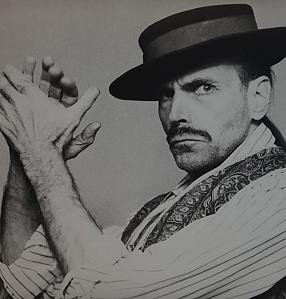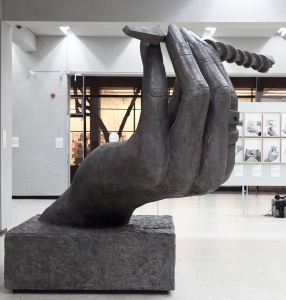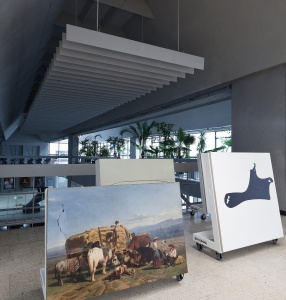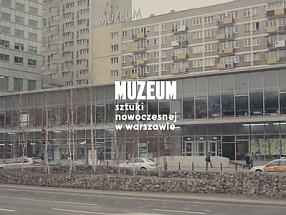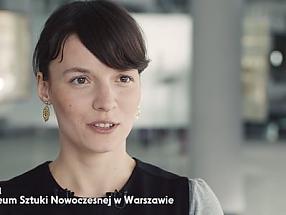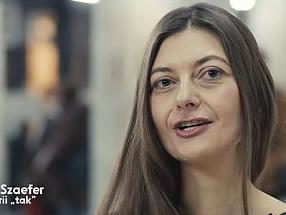Why We Have Wars
The Art of Modern-Day Outsiders
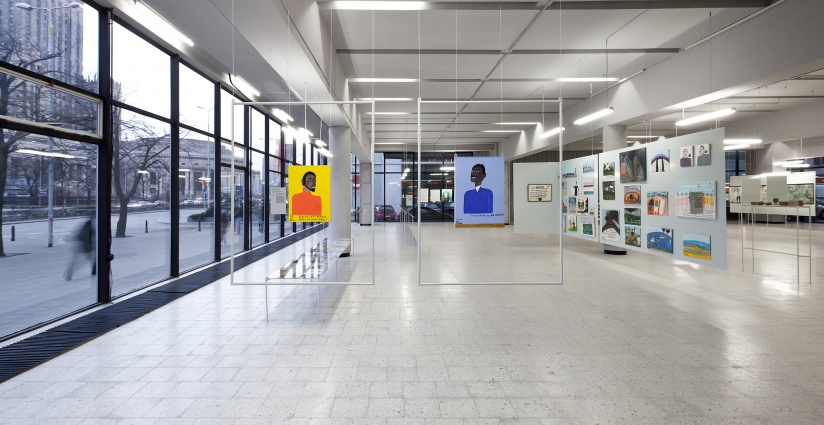
The exhibition “Why We Have Wars” presents works by fourteen artists-outsiders who confront the urgent questions of the contemporary times.
Who are outsiders? They are people who operate outside the contemporary art circulation – individuals without a degree in arts, without affiliation to institutions, the market and the conventions of the art world. The approach of such artists is a factor that distinguishes them also in the broader landscape of the so-called non-professional art in Poland, because they mostly tend to pursue their creative practice to manifest opposition and dissent. They are also “outsiders” in the traditional understanding of the term – individualists, often perceived as “different” (sometimes because of their distinct interests and unconventional way of life, sometimes because of disability or illness), who may even live on the margins of the society (such as homeless or incarcerated people). Therefore, a feature that unites all the artists is their individuality and the independence that characterises their artistic concepts. These are strong artistic personalities for whom art is an existential must.
The exhibition features political and social commentaries, works that refer to living conditions or existential situations, as well as more intimate voices that relate to the questions of identity and love. A common theme of works is the point of reference that they find with media representations of the world, often emanating fascination with popular culture. Some projects become ambiguous, as their authors create their own codes to describe the world.
Contestation practices developed by outsiders inspire reflection on what it means to be critical today, both with regard to art and institutions. Critical approaches in contemporary art have lost their significance in comparison with the 1990s, while museums are facing the question of the extent to which they continue to operate as open and democratic spaces of dispute. The show not only provides insight into artistic strategies and points of view of members of social groups other than art academy graduates, but also demonstrates a major emancipatory role that artistic practice can play.
In the Polish context, art created by self-taught artists is often referred to as “so-called naïve art” (A. Jackowski), or more broadly as “naïve art in a non-naïve society” (K. Piwocki). In the face of major crises of the contemporary era, the distinct critical voices of outsiders appear rather as non-naïve – in a naïve, technologically advanced society, but certainly not in a wiser world.
Artists: Damian Czeladka, Stanisław Garbarczuk, Władysław Grygny, Marian Henel, Konrad Kwasek, Mikołaj Ławniczak, Tomasz Machciński, Władysław Matlęga, Justyna Matysiak, Iwona Mysera, Radosław Perlak, Pisarka M.H., Daniel Stachowski, Maria Wnęk
Curators
Katarzyna Karwańska
Zofia Płoska
Research advisers
Małgorzata Szaefer
Katia Szczeka
Co-operation
Monika Kozub
Exhibition architecture
Maciej Siuda
with the team:
Agnieszka Wach
Katarzyna Dąbkowska
Rodrigo Garcia González
Graphic design
Piotr Chuchla
Exhibition production
Michał Ziętek
Jakub Antosz
Realizacja
Dorota Godlewska
Anna Mazurek-Sierocka
Jan Szyszkowski
Mieczysław Ryniewicz
Jan Jurkiewicz
Financial coordination
Łukasz Radzikowski
Research team
Ewa Bałdys
Gabriela Jaguszewska
Kamila Kolebacz
Monika Kozub
Bartłomiej Sierpiński
Joanna Szulc
Special thanks to
Leszek and Ewa Macak, Marya Nawrocka-Teodorczyk, Christine Rostworowska-Rickards, Bogumił Książek, Anna Stankiewicz, Filip Żarów, Zbigniew Sałaj, Stanisław Mancewicz, Maciej Chorąży, Jan Ostroga, Małgorzata Rel, Romek Zańko, Magdalena Kwiatkiewicz, Grażyna Filipiak-Perlak, Bożena Olszewska (Etnographic Museum in Toruń), Anna Dudziak (Psychiatric Hospital in Branice) and Major Adam Piórkowski (The Central Authority of the Prison Service), Katarzyna Padło, Justyna Domasłowska-Szulc and Elżbieta Wrona (Fundacja Dom Kultury), Elżbieta Sala, Magdalena Mazik, Joanna Pawlik, Krystyna Haszczyńska and Ewa Jasik-Wardalińska
